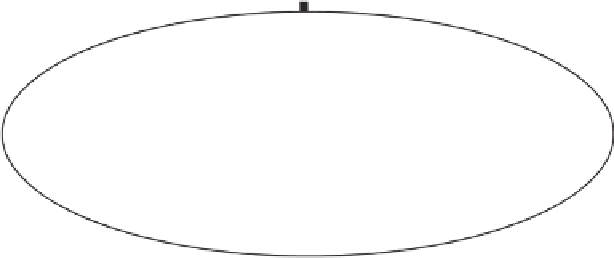Environmental Engineering Reference
In-Depth Information
Environmental labeling
First party
Third party
Voluntary
Product related
Environmental
certifications
Claims
On products
Report cards
In ads
Cause-related
marketing
Seal of approval
Single-attribute
certification
Corporate related
Cause-related
marketing
Mandatory
Hazard or
warning
Promotion of
corporate
events
Information
disclosure
Figure 7.1
The environmental labeling umbrella.
Adapted from Environmental Protection Agency (EPA), 1998.
A
seal-of-approval
is a third-party certification that falls into the ISO Type I claim. To
get a seal of approval, a manufacturer contracts a certifying agency for the evaluation of
a product. Certifying organizations have developed standards for different product catego-
ries and evaluate the products according to those standards; and once a product meets all
the criteria the certifying entity issues a seal of approval that can be exhibited on the prod-
ucts. With the exception of the United States, most countries have seal-of-approval pro-
grams run by government agencies. Examples of government run programs are NF
Environment (France), Stichting Milieukeur (The Netherlands), EU Eco-Label (European
Union), Environmental Label (China), Ecomark (India), Eco-Mark (Japan), Blue Angel
(Germany), Environmental Choice Program (Canada), Environmental Choice New Zealand
(New Zealand), Environmentally Friendly Label (Hungary), EcoLogo (Canada), and
Miljorärkt (Nordic Countries). The United States does not have a government sponsored
seal-of-approval program, instead it relies on private or nonprofit agencies. One of the most
trusted environmental seals in the United States is the Green Seal, which is awarded by a
nonprofit organization.
Single-attribute
labels are self-declared and therefore a Type II claim. The manufacturer of
a product is 100-percent responsible for the claim validity because no third-party is involved
in the process. Most common single-attribute labels are indication of recyclability,
compostability, biodegradability, chlorofluorocarbon (CFC) free, and ozone friendly, which








